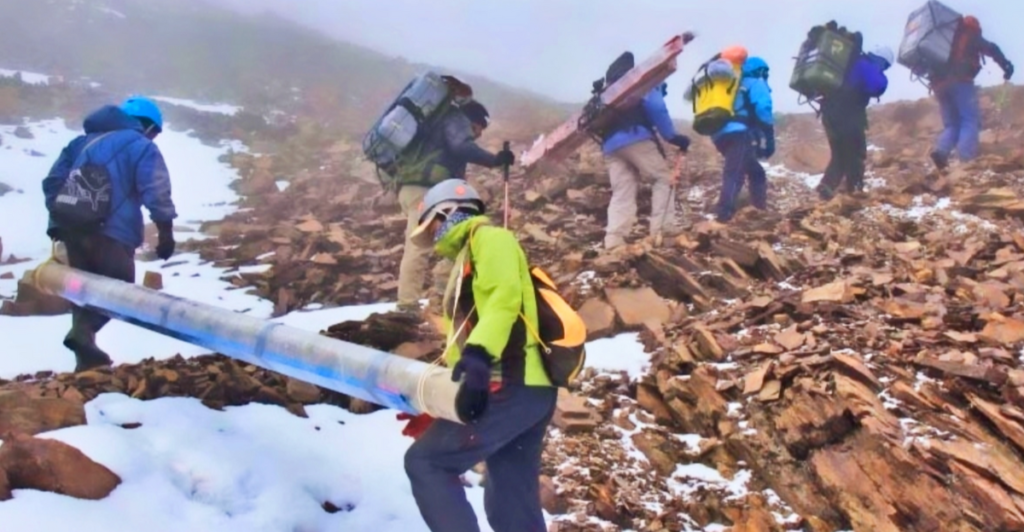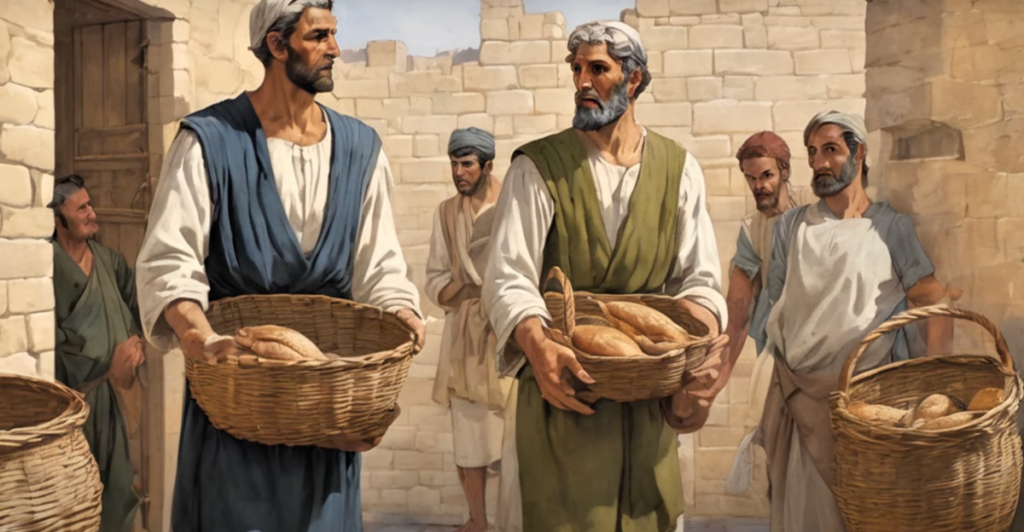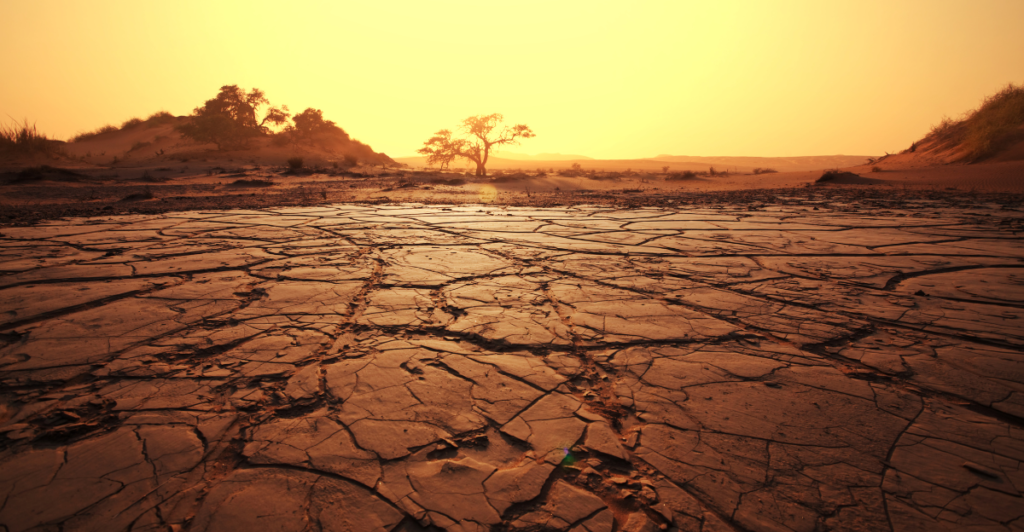Within the ice fields of Mount Kilimanjaro, scientists have made an amazing find: they’ve discovered proof of a drought so severe that it may have changed history. A dense layer of dust buried in the glacier reveals the tale of an ecological disaster that took place some 4,000 years ago. Within the ice fields of Mount Kilimanjaro, scientists have made an amazing find: they’ve discovered proof of a drought so severe that it may have changed history. A dense layer of dust buried in the glacier reveals the tale of an ecological disaster that took place some 4,000 years ago. Some compare this event to the famine in the biblical story of Joseph. He foretold seven years of abundance and seven years of famine. Is this a coincidence, or do these ice signs reveal ancient realities?
Time Capsules in the Ice

Mount Kilimanjaro rises more than 19,300 feet above sea level, and its glaciers are nature’s archives. Scientists from Ohio State University drilled into the ice and pulled out core samples in 2000 that contained nearly 12,000 years of climate history. The samples, somewhat similar to frozen tree rings, document past temperatures, volcanic eruptions, and alterations in rainfall.
There are three great droughts documented in history: one 8,300 years ago, one 5,200 years ago, and the last one around 4,000 years ago. The latter formed a thick dust layer in the ice, suggesting that a harsh dry period that may have prevailed for hundreds of years.
A Biblical Connection?
The drought 4,000 years ago matches up with dry spells that are known to have happened in North Africa and the Middle East. The period also coincides with the Bible’s account of Joseph, a servant who rose to become a leader in Egypt. He interpreted Pharaoh’s dream of an approaching famine. So Egypt stored grain for the future and survived, while surrounding areas starved. This connection has sparked a debate: does the ice confirm the biblical famine? The research conclusively proves that a massive drought did indeed happen, but it doesn’t necessarily confirm Joseph’s existence or that his dreams were true prophecies. What it does prove is that severe weather impacted ancient societies, as it does today.

Science vs Storytelling
A few of the news reports took the research findings and claimed that they showed proof of biblical events or even that archaeologists found physical evidence on Kilimanjaro. Researchers moved quickly to dispel those misinterpretations. No artifacts or human remains were found in the area: just ice, dust, and data.
In order to ensure that their findings were accurate, scientists calibrated the dating of the ice layers by using isotope markers, like chlorine-36 from the 1950s nuclear bomb tests, to secure their results. This process confirmed that the drought did occur around 4,000 years ago, and its correlation with known historical famines is therefore stronger.
Melting Clues, Disappearing History

Perhaps the most important lesson is not about the past: it’s about the future. The glaciers of Kilimanjaro are disappearing quickly, shrinking year by year. If the ice melts, so too will these climate records, annihilating a natural archive that has been silently documenting history for thousands of years. The Joseph tale may or may not be linked to this ancient drought, yet the lesson remains valid: climates change over time, and communities that prepare, endure. The ice is melting, yet the warnings it contains are unmistakable: history tends to repeat itself.







